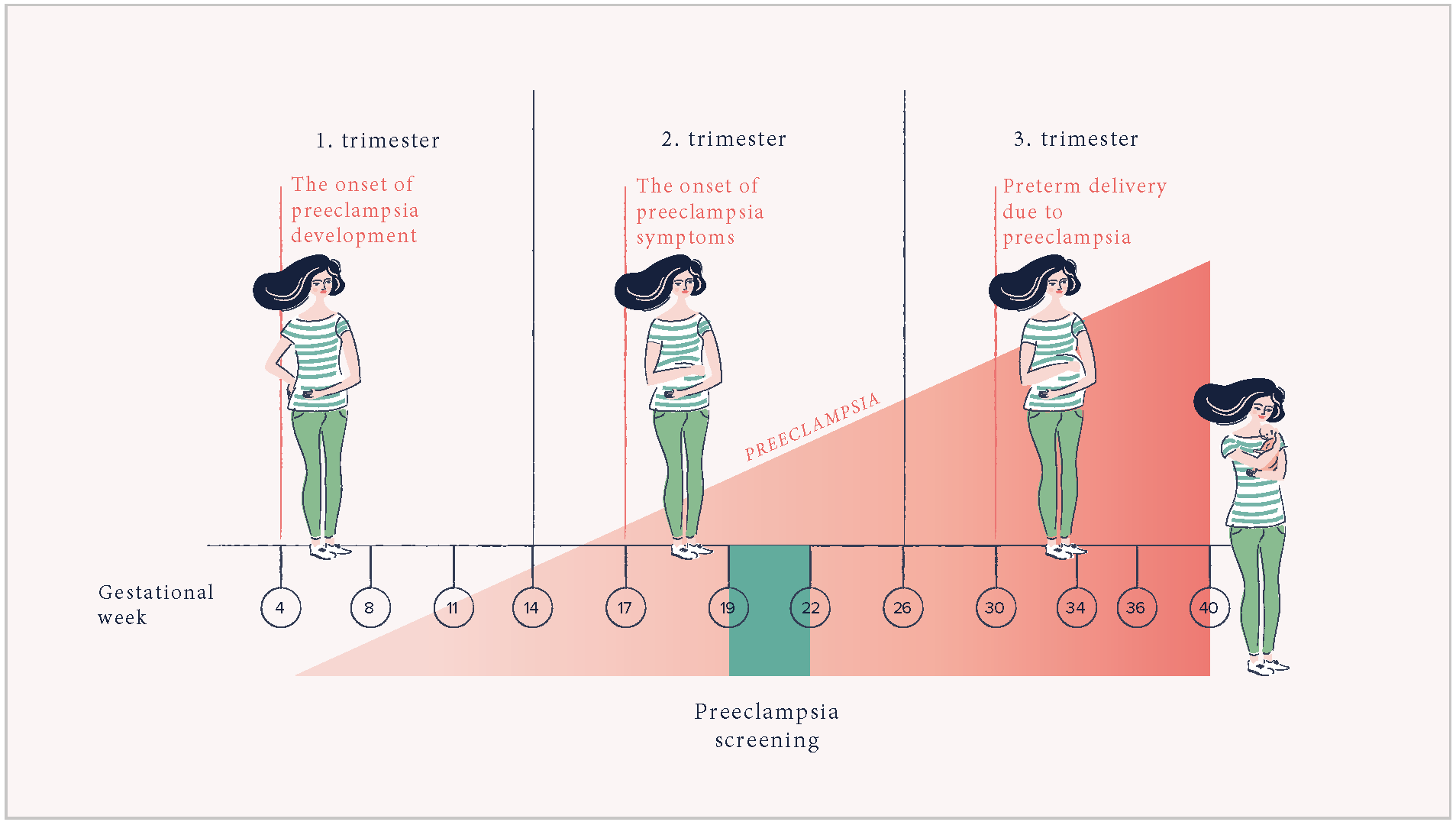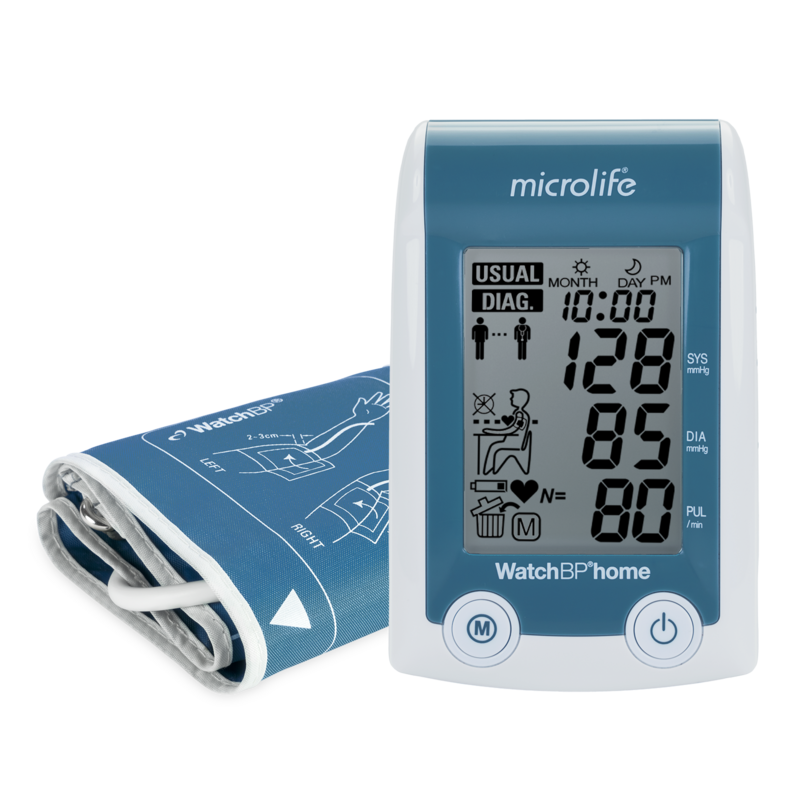Why is it useful for pregnant women to have a preeclampsia screening at 20 weeks of pregnancy?

Preeclampsia is a potentially life-threatening disease of several organ systems that develops during pregnancy. It is characterized by elevated arterial blood pressure and the appearance of protein in the urine of the mother, or, in the absence of the latter, malfunction of other organ systems. This can affect both you and your unborn baby. If the risk of preeclampsia is known in advance, it can be prevented. Most women have a normal pregnancy. However, preeclampsia is a relatively common disease during pregnancy, occurring in two out of every 100 pregnant women in Estonia.
The preeclampsia screening can be performed during the second trimester from weeks 19 to 21+6 of pregnancy as an additional service during the ultrasound examination of fetal developmental defects.
How reliable is the risk assessment for preeclampsia at 20 weeks of pregnancy?
During the second trimester ultrasound examination of fetal developmental defects, it is possible to identify 95% of women who develop preeclampsia before the 32nd week of pregnancy, and 90% of women who develop preeclampsia between weeks 32 and 36 of their pregnancy. However, 6% of women who are in the low-risk group based on screening still develop preeclampsia before the 36th week of pregnancy. The second trimester preeclampsia screening is less sensitive in detecting late preeclampsia, identifying only 42% of women who give birth due to preeclampsia after 36 weeks of pregnancy.
Why should I have my preeclampsia risk assessed at 20 weeks of pregnancy?
At 20 weeks of pregnancy, it is possible to re-evaluate the risk of preeclampsia in women in the high-risk group to confirm the effectiveness of prophylactic aspirin therapy. If the aspirin therapy has not been effective, these women should be monitored more frequently. 90% of women screened for preeclampsia in the second trimester are in the low-risk group. This knowledge calms women and allows them to enjoy their pregnancy, knowing that they are unlikely to experience early preeclampsia before the 36th week of pregnancy.
However, during the ultrasound examination of fetal growth and well-being at week 36 of the pregnancy, it is recommended that all pregnant women be evaluated for the risk of late preeclampsia, as the detection rate of late preeclampsia is modest at 20 weeks of gestation. This is important because 75% of preeclampsia cases occur after 36 weeks of pregnancy and 58% of women who develop late preeclampsia fall into the low-risk group at the second trimester screening.
This preeclampsia risk assessment is also suitable for women who have not had it assessed before the 20th week of pregnancy, as 1% of the women in the preeclampsia screening belong to the high-risk group who may develop preeclampsia before the 32nd week of pregnancy. In case of increased risk of preeclampsia, the initiation of prophylactic low-dose aspirin therapy will help to prevent the development of early preeclampsia in 10% of these women. However, the purpose of preeclampsia screening at 20 weeks of pregnancy is not to prevent preeclampsia, but to identify women at high risk of developing preeclampsia in order to timely track down the onset of preeclampsia and determine the time and place of delivery.
The preeclampsia risk assessment at 20 weeks of pregnancy provides a sense of security.
Most of the women involved in the preeclampsia risk assessment belong to the low-risk group. If there is an increased risk, screening for preeclampsia at 20 weeks of pregnancy will provide an opportunity, if necessary, to prevent the development of preeclampsia or to shift it to a later period of the pregnancy. Reducing the risk of preeclampsia and careful, science-based monitoring of your and your child's health will give you a much-needed sense of security. This way, the child can safely be born when they are ready, and you can feel joy over having a healthy child.
- The risk of preeclampsia can be assessed within one day.
- The risk of preeclampsia can also be assessed in women who are expecting twins.
You can buy the Microlife Watch BP Home blood pressure monitor for expectant mothers in our online store
The blood pressure monitor WatchBP Home is clinically controlled and designed for pregnant women with gestational hypertension, preeclampsia and overweight patients with gestational diabetes.


